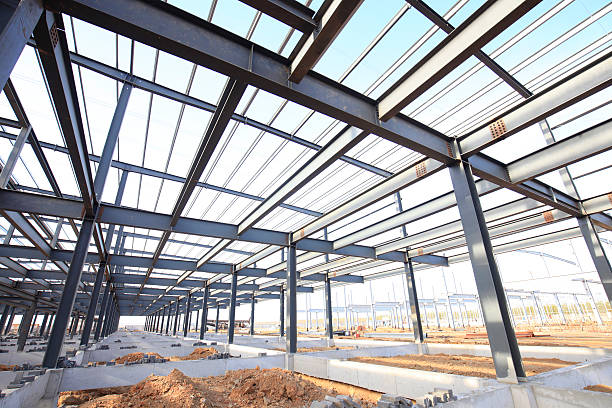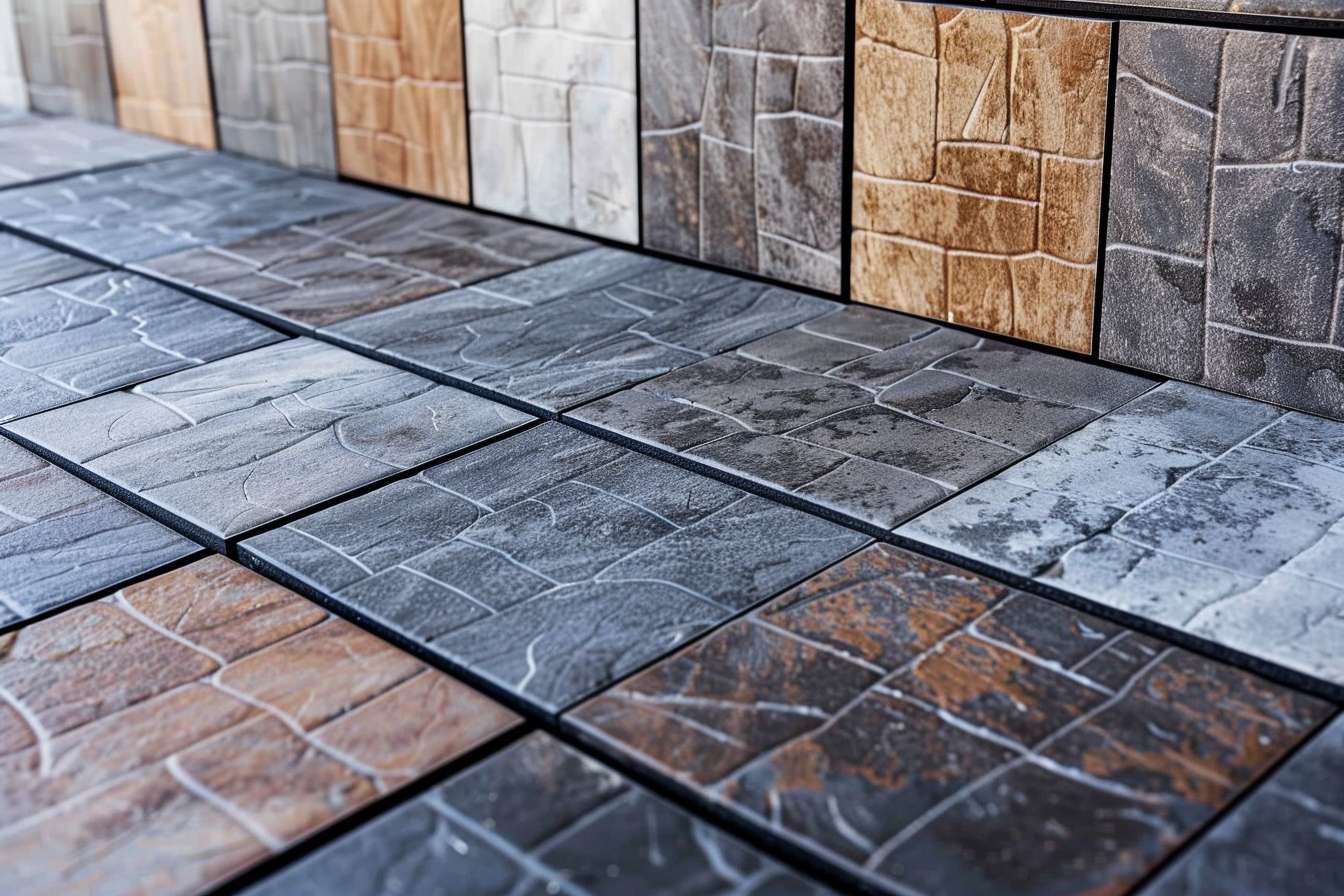What to Know Before Requesting a Steel Building Quote
Steel buildings are a popular choice for commercial, residential, and agricultural projects. Before getting a quote, it's helpful to understand what influences pricing and how design choices can impact your build. This guide covers essential considerations for planning a successful steel structure.

Why Are Steel Buildings Popular for Various Projects?
Steel structures have gained significant traction across multiple sectors because they offer superior strength-to-weight ratios compared to traditional building materials. Commercial businesses appreciate the large, unobstructed interior spaces that steel framing allows, while agricultural operations benefit from the corrosion-resistant properties when properly treated. Residential applications, including garages and workshops, leverage steel’s fire resistance and pest immunity. The material’s recyclability also appeals to environmentally conscious builders seeking sustainable construction options.
What Factors Influence Steel Building Pricing?
Before getting a quote, it’s helpful to understand what influences pricing in steel construction projects. Size represents the most significant cost driver, with both square footage and height affecting material requirements and labor complexity. Building codes and local regulations impact pricing through engineering requirements, permits, and foundation specifications. Geographic location plays a crucial role, as transportation costs for materials and regional labor rates vary considerably. Additionally, current steel market prices fluctuate based on supply and demand, affecting overall project costs.
How Do Design Choices Impact Your Build?
Your design decisions significantly affect both functionality and budget throughout the construction process. Roof style selection between gable, hip, or monitor configurations influences material usage and structural requirements. Wall height choices impact both material costs and heating or cooling efficiency. Door and window placement affects structural integrity calculations and may require additional framing support. Insulation decisions influence long-term operational costs and may require specific wall panel configurations that affect initial pricing.
Essential Planning Considerations for Steel Structures
This guide covers essential considerations for planning a successful steel structure that meets your specific needs and budget constraints. Site preparation requirements vary dramatically based on soil conditions, drainage needs, and accessibility for construction equipment. Utility planning, including electrical, plumbing, and HVAC systems, should be considered early as these may require specific structural accommodations. Building permits and zoning compliance must be addressed before construction begins, as some areas have restrictions on steel building installations or specific aesthetic requirements.
Understanding Steel Building Specifications and Options
Steel gauge thickness affects both structural integrity and cost, with heavier gauges providing greater strength but increasing material expenses. Color options for walls and roofing may impact pricing, with standard colors typically costing less than premium or custom selections. Accessories such as skylights, ventilation systems, and overhead doors should be planned during initial design phases rather than added later. Foundation requirements vary based on building size, local frost lines, and soil conditions, significantly impacting total project costs.
Steel Building Cost Breakdown and Provider Comparison
Steel building costs typically range from $16 to $30 per square foot for basic structures, with more complex designs reaching $35 to $50 per square foot. Several established manufacturers offer different pricing structures and service levels to accommodate various project requirements and budgets.
| Provider | Building Type | Cost Range (per sq ft) | Key Features |
|---|---|---|---|
| Mueller Inc. | Agricultural/Commercial | $18-$28 | Custom engineering, 50-year warranty |
| General Steel | Residential/Commercial | $16-$25 | Online design tools, fast delivery |
| Rhino Steel | Industrial/Agricultural | $20-$32 | Heavy-duty construction, wind resistance |
| SteelMaster | Multi-purpose | $19-$29 | Arch design, no interior columns |
Prices, rates, or cost estimates mentioned in this article are based on the latest available information but may change over time. Independent research is advised before making financial decisions.
Preparing for Your Steel Building Quote Request
Successful quote requests require specific information to ensure accurate pricing and proper structural design. Compile detailed measurements including desired length, width, and sidewall height for your proposed structure. Identify your intended use, as agricultural, commercial, and residential applications have different structural requirements and building codes. Document your location’s snow loads, wind speeds, and seismic requirements, as these engineering factors significantly impact pricing. Create a list of desired accessories, doors, windows, and special features to include in initial quotes rather than adding them later as modifications.
Having clear answers to contractor questions about timeline, budget range, and specific requirements will streamline the quoting process and help you receive more accurate estimates. Consider obtaining multiple quotes to compare not only pricing but also included services, warranties, and construction timelines. Remember that the lowest quote may not always represent the best value when considering long-term durability, warranty coverage, and contractor reputation in your local area.
Understanding these fundamental aspects of steel building construction will help you communicate effectively with contractors and make informed decisions about your project. Proper preparation leads to more accurate quotes and ultimately a more successful building project that meets your specific needs and budget requirements.




